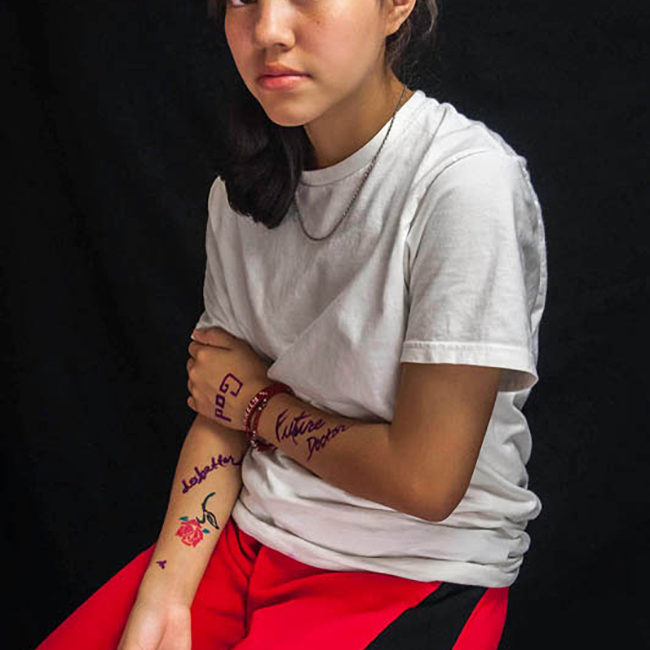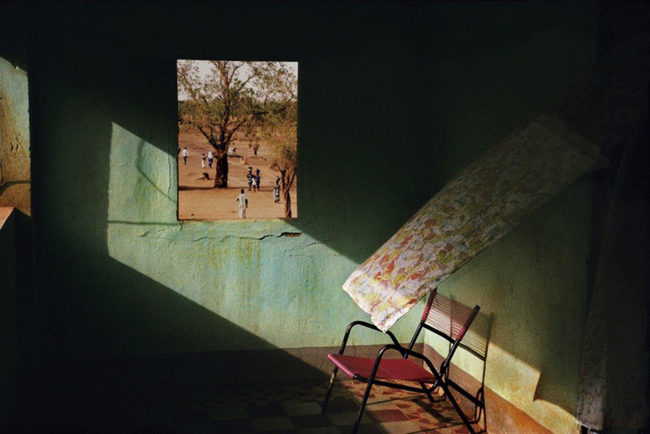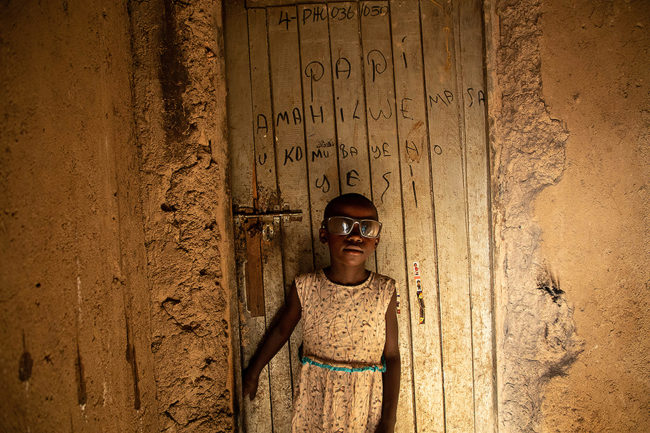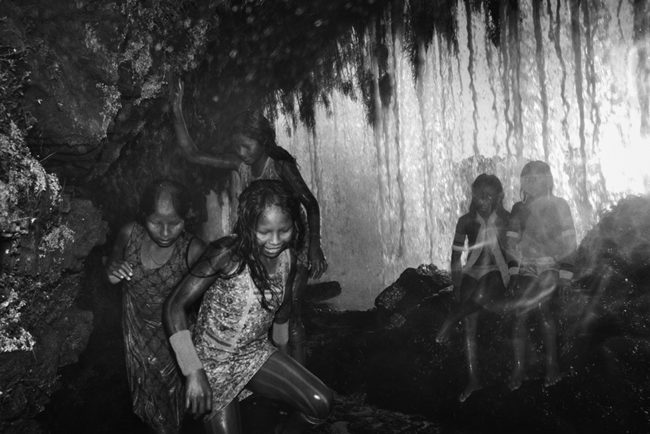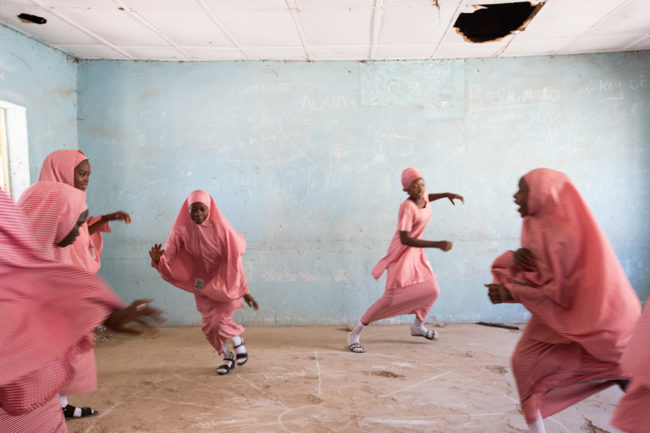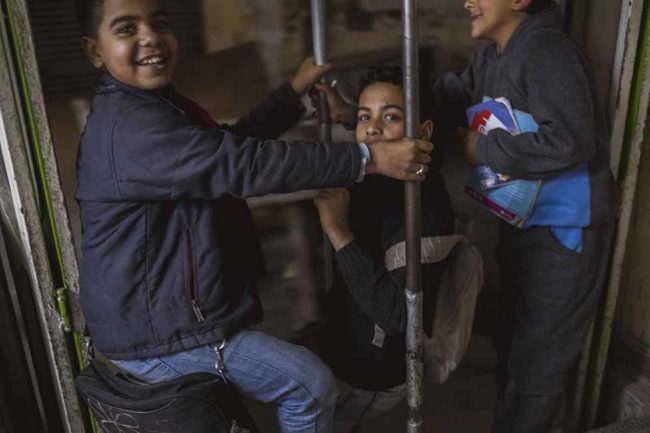Sharpeville, the hometown of South African photographer Tsepo Gumbi, is most remembered for the Sharpeville Massacre that occurred on March 21, 1960 and left 69 Black Africans dead. Research revealed to Gumbi that with the exception of political events, little photographic material has emerged from Sharpeville since then, inspiring him to work in the place he was born and raised. Between 2010-2014, Gumbi created a typology of the chairs of Sharpeville for a series titled “Front Seat.” Gumbi views the chairs as objects of choice that provide insight into the complex and challenging living and working conditions of the chair’s owners. The chairs, states Gumbi, “allow me to convey a universal story of people finding comfort in unfavorable socio-economic conditions.”
Sarah Stacke: Do you currently live in Sharpeville?
Tsepo Gumbi: No, I left Sharpeville about five years ago.
SS: What influence did growing up in Sharpeville have on the work?
TG: In the townships people like to pull their chairs from the house and sit in their front yard for some cooling shade in summer and to enjoy the warmth of the sun in winter. This is the culture I grew up observing and it sparked my interest when I started studying photography formally.
SS: Do you know the owners of the chairs? If so, what can you tell me about them?
TG: I always ask for permission to enter people’s yards and explain my reason for photographing their chairs. They often think I am crazy, some even laughed at me. Others would insist that I photograph them sitting on the chairs but I always refuse to do that. Some chairs in the series are owned by people living in informal settlements, others by people renting backyard rooms, and other chairs are part of the house furniture.
SS: What do you believe a portrait of a chair can tell you about the chair’s owner?
TG: I have observed that there is a correlation between the condition of the chair and the owner’s financial status or class. An environmental portrait of a human being tells us something about the person. I hope in the same way my portraits of chairs challenge my viewers to try and imagine who might be the owners of these objects; how do [the owners] exist in the environment that the chairs are photographed?
SS: Why did you feel it was important to make this series?
TG: Initially I was avoiding confronting my fear of photographing people, and I assumed it would be easy to just photograph their chairs. I have always been drawn to telling the stories of the poor and marginalized and I wanted a “new” visual language to do it since the world is saturated by images of poverty. So my series is still continuing the same old sad and boring, but important story. I am just adding my voice into the chorus, hoping that our yelling will bring about some change.
Gumbi studied photography at the Market Photo Workshop (MPW) in Johannesburg and is currently the Coordinator for MPW’s Photojournalism and Documentary Photography Program. He is the 2015 recipient of the Tierney Fellowship, which he will use to investigate and explore Sharpeville beyond its historic and political past.
Gumbi is on Facebook, Tumblr, and Twitter.
—Sarah Stacke
Related:
Shanty Town Deluxe
Love, Loss and Family in a Tough South Africa Suburb
